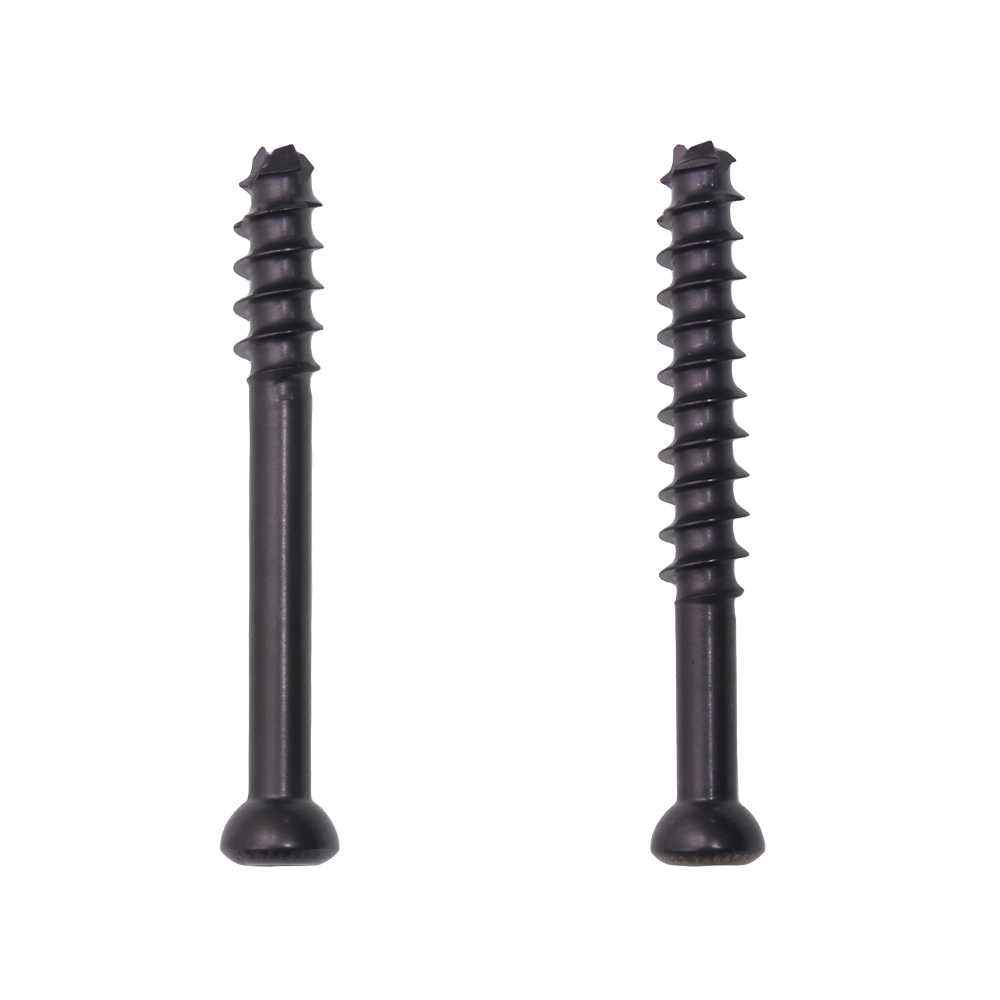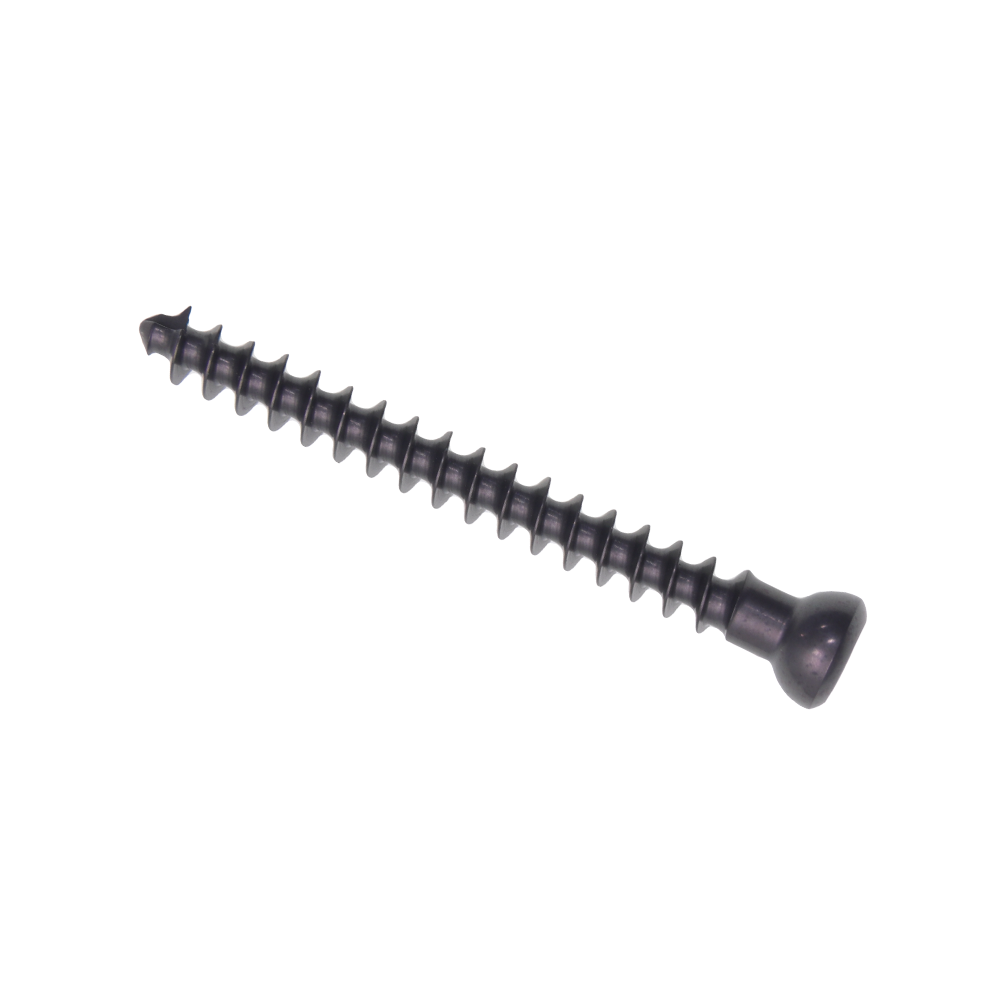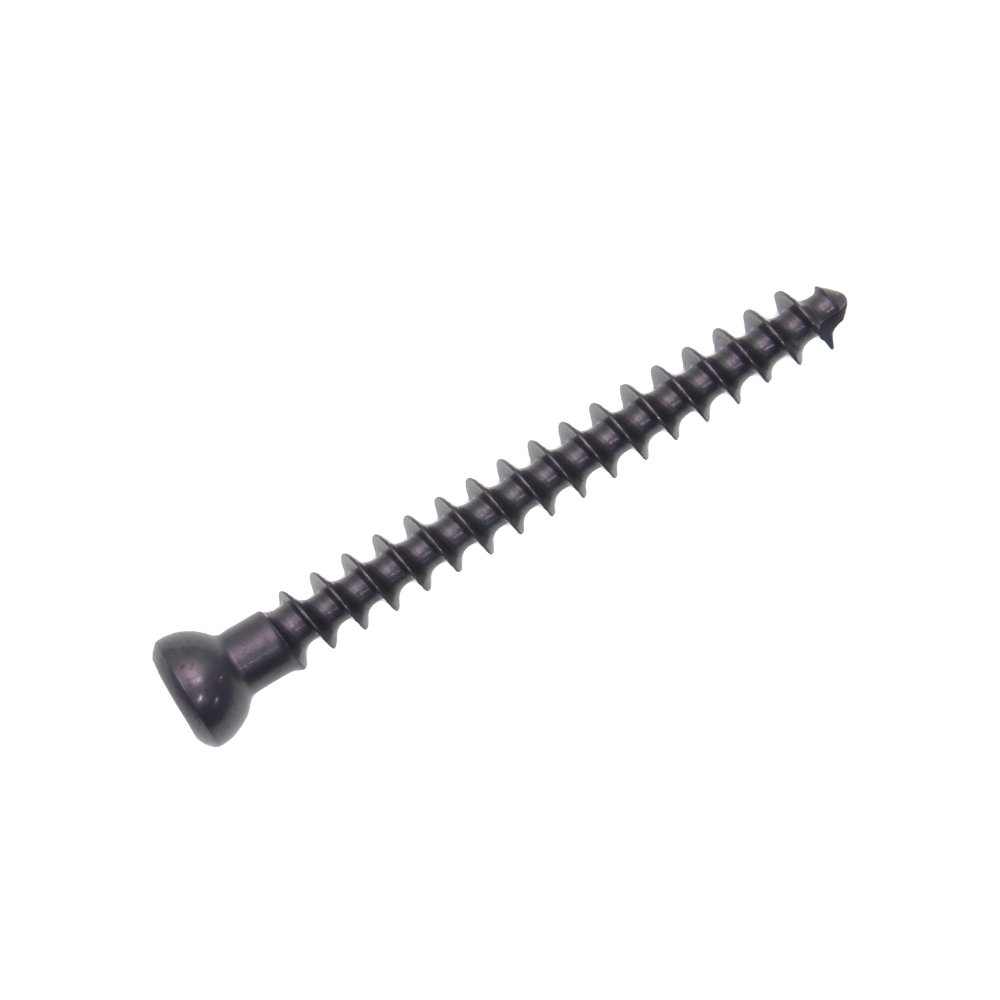cancelous screw
A cancellous screw is a specialized orthopedic implant designed specifically for use in bones with lower density or trabecular structure. These screws feature a unique thread design with a larger outer diameter and deeper threads compared to cortical screws, allowing for superior grip in softer bone tissue. The cancellous screw's distinctive architecture includes a wider thread pitch and a larger core diameter, which enables it to distribute forces more effectively across the bone surface. These screws are particularly valuable in surgical procedures involving areas rich in cancellous bone, such as the metaphyseal regions of long bones, vertebrae, and around joints. The design incorporates self-tapping features that facilitate easier insertion while minimizing damage to surrounding tissue. Modern cancellous screws are typically manufactured from biocompatible materials such as titanium alloys or stainless steel, ensuring both strength and compatibility with the human body. They come in various sizes and lengths to accommodate different anatomical requirements and surgical needs, with options for both partially and fully threaded variants depending on the specific application.


